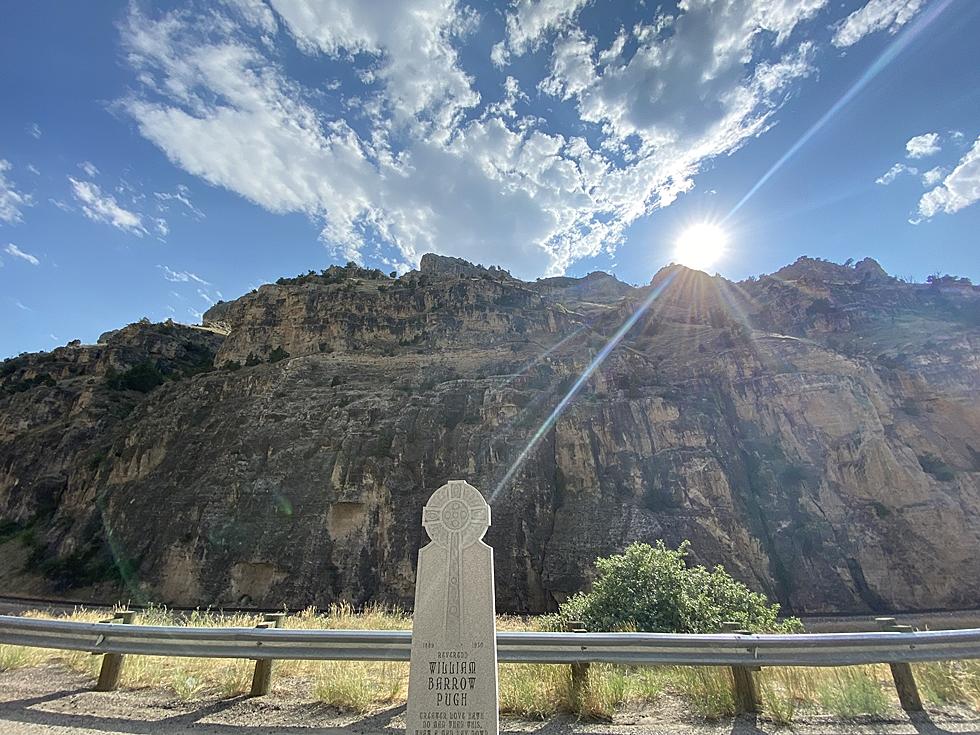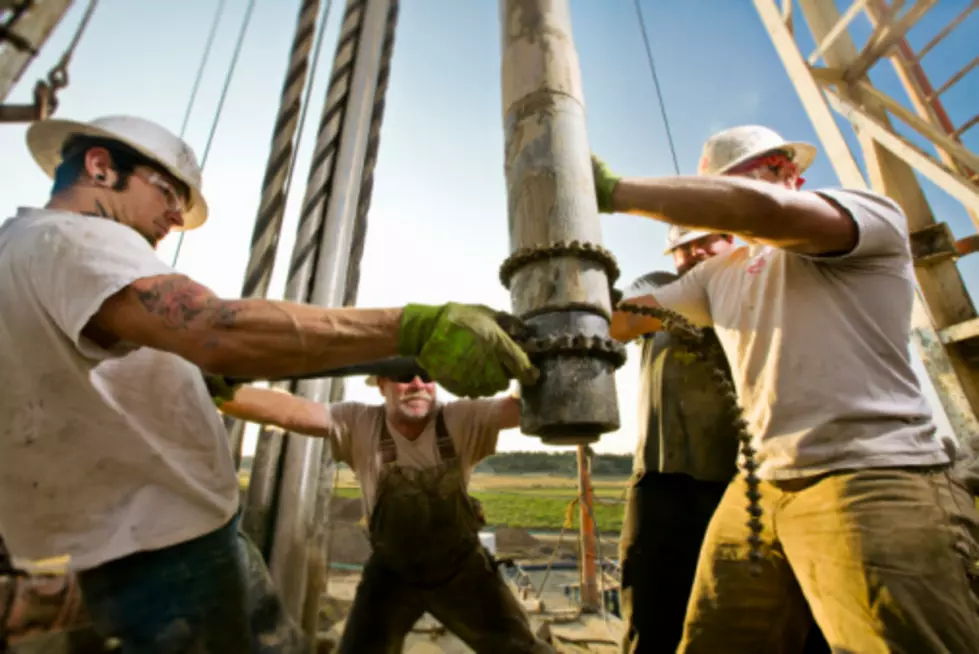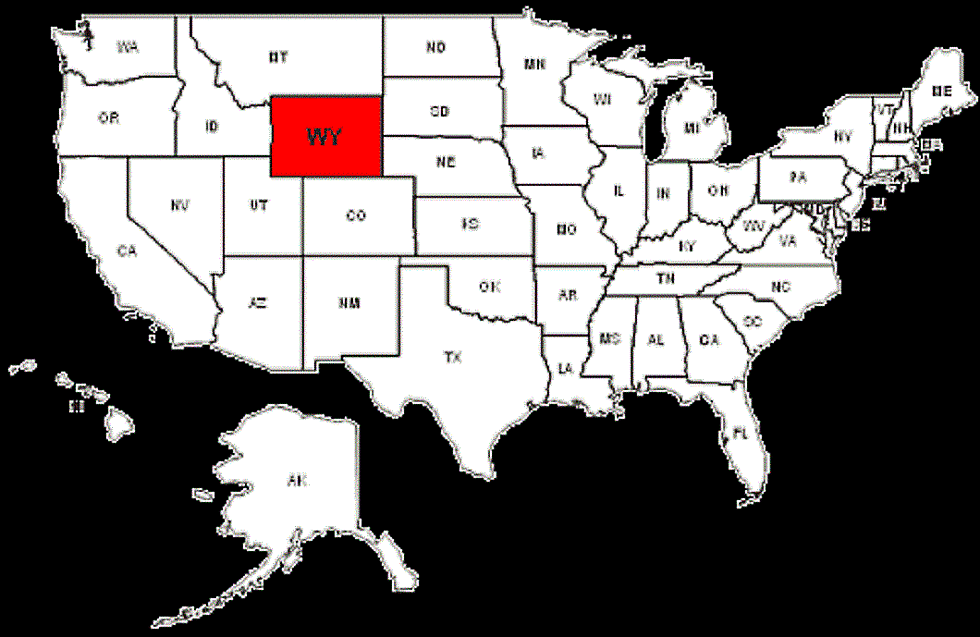
Well Now: Find Oil, Gas Fields With Wyoming Geological Survey Online Map
You probably didn't know the Poison Spider Field is 19.5 miles west of Casper and has 81 oil wells and one injection well.
You probably also didn't know the field's first well went in on Oct. 2, 1917, and its last well went in on Oct. 9, 2014. Or that it is in the Jurassic formation dating from 201.3 million years ago to 145 million years ago.
Well, pardon the pun, you do now with the easy help of the Wyoming State Geological Survey's first updated interactive online oil and gas map.
"It gives the public a really good idea of what's happening oil- and gas-wise in the state," said Ranie Lynds, a geologist with the WSGS.
"You can see where the wells are located, you can see where the fields are, you can really see how they interact with the pipeline system with the geology how that controls where the fields are," she said. "So I think it's really informative for the general public."
The oil and gas industry has been using the large paper maps the WSGS, based on the University of Wyoming campus, has published since 1943.
It made about seven updates after that, Lynds said. "Traditionally, this has been a paper wall map, where the whole state has been put on the map."
To make research easier, the WSGS digitized the map last year for anyone with a computer to see, and updated it this month.
It offer insights to Wyoming's geography, history, and the industry that has driven much of the state's economy for more than a century.
"If you delve into the data, you can really see how the fields have changed through the years, and how some are no longer operational, and there's new ones coming on line all the time," Lynds said.
People also can download the paper maps from 1980 through 2016, Lynds said. "You can see how more fields are added."
The information, most of it from the Wyoming Oil and Gas Conservation Commission, can be updated much faster than with the traditional paper maps.
Besides the locations of fields and well data, the web-based map displays their producing reservoirs, horizontal wells, pipelines, oil refineries, gas plants, hydrocarbon products and well production status.
After you visit the map on the WSGS's website, a brief tutorial will help you understand how to access the fields and use map tools. You also can overlay the map with topographic features, roads and and imagery.
Of course, no history of Wyoming and especially Natrona County would be complete without an understanding of the Salt Creek Field and its 4,291 wells north of Casper near Midwest and Edgerton.
You can find that history and more on the map.
The interactive map lists the first well drilled in March 23, 1912, to the newest one drilled on March 18, 2017.
"Salt Creek is currently under enhanced oil recovery," Lynds said. "They are drilling more wells to put more CO2 in to push the oil out."
More From 107.9 Jack FM









